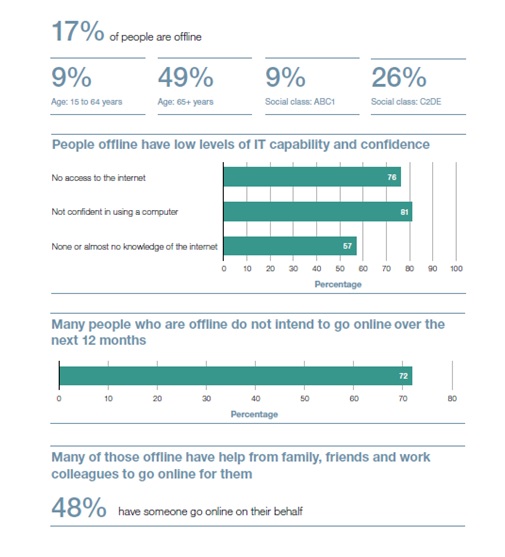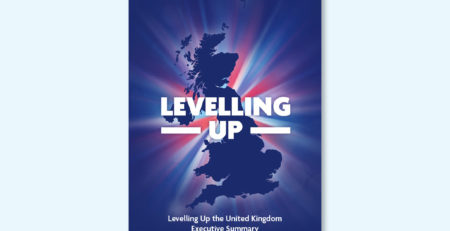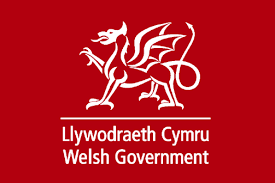New report calls attention to the offline populace
Just over a week ago the National Audit Office published Digital Britain 2: Putting users at the heart of government’s digital services. Its authors looked at the progress being made with the Government’s ‘digital by default’ agenda for public services. Today we see that it has been taken up for further inquiry by the Public Accounts Committee, indicating that this agenda will continue to receive further scrutiny from various quarters and will have to address the significant numbers of people who cannot, or do wish to, go online.
Interestingly, the NAO found that living in a rural or urban area makes little difference to internet usage. However, strategies which enable online public services to be accessible and appealing across familiar factors of age, socio-economic group and disability are a recurring theme.
The reports main recommendations are around 5 main areas:
- The government should publicise how its new services will help those not currently online, particularly the over-65s, those in lower socio-economic groups and those with disabilities.
- The Government Digital Service (GDS) should factor in the help the offline population gets from family, friends and colleagues in designing public services (such as minimising fraud).
- The GDS should communicate its assisted digital schemes and timetable for rollout to those groups more likely not to be online.
- The GDS should increase its ‘behavioural research’ as part of ongoing investigations into what prevents capable internet users from going online more.
- And finally, the GDS should work to raise awareness of available online public services, particularly given that feedback on existing services was that they were judged by many as easy to use.
Overview of the Offline population




